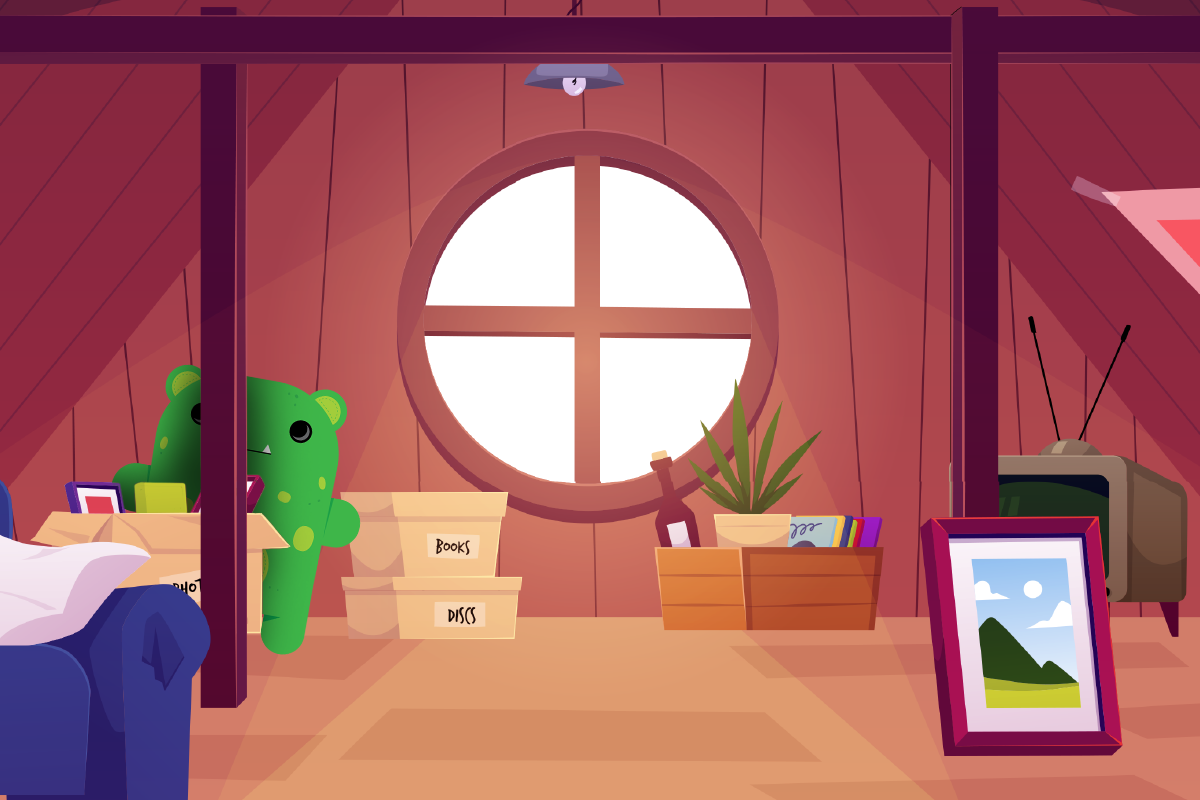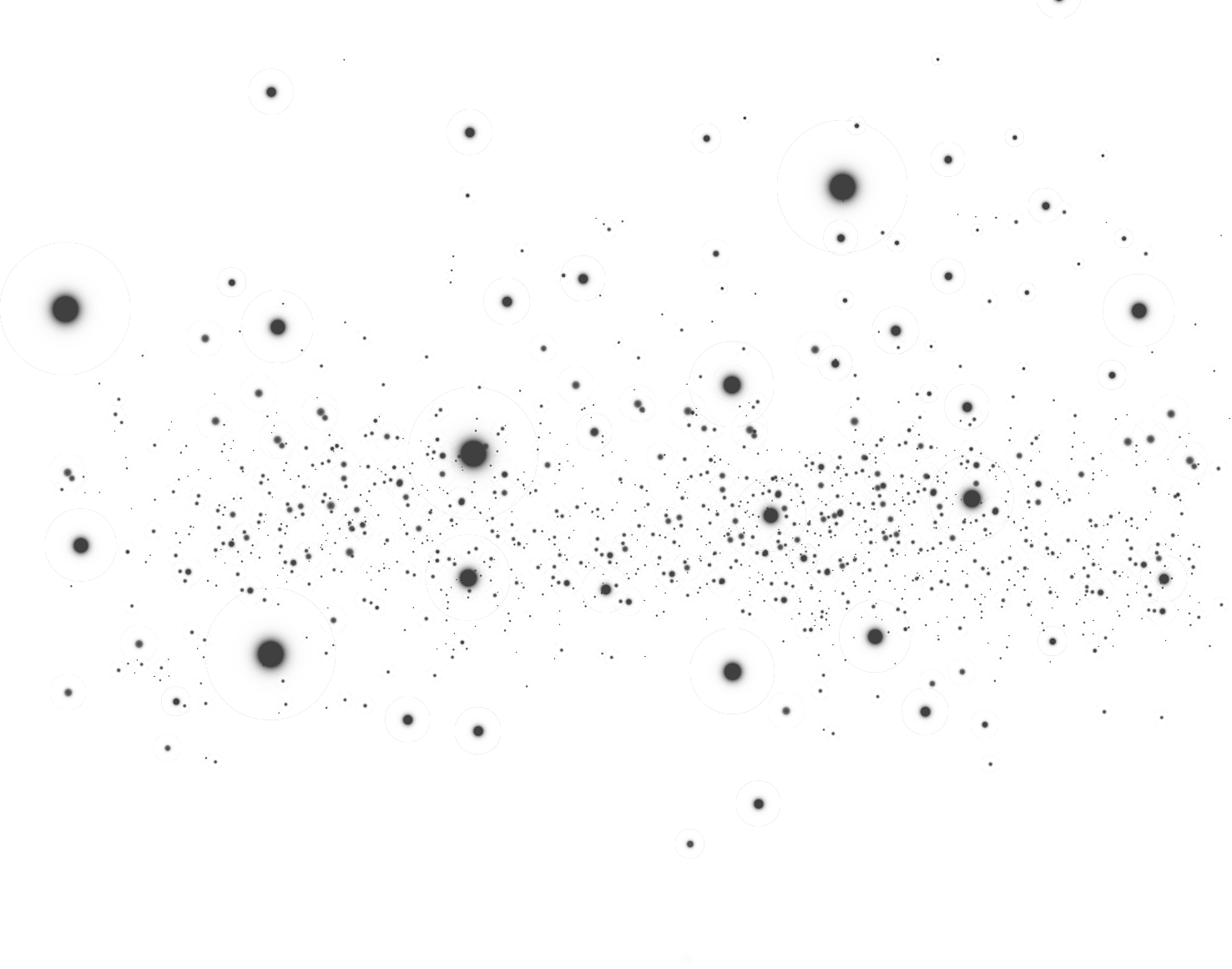
When the summer heat fades, many Floridians breathe a sigh of relief. But fall brings its own challenges—especially for homeowners concerned about hidden mold Florida issues. After months of high humidity and lingering storm moisture, your home could be at risk for unseen mold growth in walls, attics, and HVAC systems.
Can Mold Form Even After Summer Ends?
Yes. While temperatures drop slightly, Florida’s indoor humidity—especially in regions like Jacksonville—often remains elevated through the fall. Combined with leftover dampness from summer storms, this creates a perfect breeding ground for mold colonies to thrive behind drywall, insulation, and air ducts.
Even if your air conditioning runs less frequently, condensation can still form on cool surfaces when humid air lingers indoors. Without proper dehumidification, this moisture seeps into hidden spaces, allowing mold to spread unnoticed.
Common Hidden Mold Areas
Hidden mold growth isn’t always visible or odorous. Here are some of the most common spots where mold can develop undetected:
- Behind walls and baseboards: Moisture from roof leaks or storm runoff can travel down wall cavities.
- Attics and crawl spaces: Poor ventilation allows warm, moist air to condense on wood and insulation.
- HVAC systems and ductwork: Airborne spores thrive in damp coils, filters, and condensation pans.
- Under flooring: Flooding or even minor leaks can trap moisture beneath tile or laminate.
Why Is Hidden Mold Dangerous?
Mold releases spores that can impact indoor air quality and trigger allergic reactions or respiratory irritation. Because growth is concealed, contamination often worsens before anyone notices.
How to Prevent Fall Mold Growth
Even as the weather cools, proactive prevention is key. Here’s how to reduce risk this season:
- Monitor indoor humidity: Keep levels below 50% using dehumidifiers or smart thermostats.
- Inspect after heavy rain: Check attics, ceilings, and window frames for damp spots or discoloration.
- Maintain your HVAC system: Replace filters, clean coils, and ensure condensate lines are draining properly.
- Schedule a professional inspection: Our certified specialists can detect mold and moisture hidden behind walls or in ducts.
Should you test for hidden mold before winter?
Absolutely. Before sealing up your home for cooler weather, consider scheduling indoor air testing. Our certified mold assessors can identify hidden mold sources early—before they cause costly damage or health concerns.
Quick Takeaways: Florida’s Fall Mold Risks
- Post-summer humidity and storm remnants raise hidden mold risks, especially in Florida.
- Indoor humidity in Jacksonville homes often stays high even in fall.
- Unseen growth often occurs in walls, attics, and HVAC systems.
- Prevent issues with regular assessments and fall mold prevention strategies.
- Schedule professional testing with us before winter.


